 The Liver, and its companion the Gallbladder, are vital in a myriad of functions.
The Liver, and its companion the Gallbladder, are vital in a myriad of functions.
The Liver is simply amazing! It participates in endocrine processes, making hormones that communicate directly with and contributing in harmonizing the pancreas, adrenals, thyroid, pituitary and hypothalamus.
The Liver also participates in the digestive system processes. Here, the Liver makes bile, a substance that is essential for the digestion of fats. The Gallbladder is essentially a hollow sac that stores the bile made by the Liver, and sends it through the bile duct to the large intestine as needed for proper digestion.
Another major function of the Liver is that of detoxification. Every particle of toxic substance, be it from food, the environment, man-made toxins, or the emotions, passes through the Liver, which in turn, produces enzymes and other substances to detoxify these poisons from the body in two phases.
As you can see, proper functioning and circulation of Liver/Gallbladder energy are vital in a healthy person.
In Traditional Chinese Medicine, a person who has balanced Liver/Gallbladder functioning exhibits the following qualities:
- Is a good leader
- Is courageous
- Handles stress very easily
- Is a good communicator
- Has excellent digestion
- Tolerates ingestion of healthy fats
- Does not experience depression
- Has a healthy self-image
By contrast, a person who has an imbalance of Liver/Gallbladder functioning may experience the following:
- Depression
- Easily angered, irritable
- Hostile behavior
- A feeling of being ‘stuck’
- Digestive problems, including burping, gas, bloating constipation or loose stools, or problems when eating fatty foods
- Elevated blood pressure
- Elevated blood sugar
- PMS
- Endocrine/Hormone disorders
In Traditional Chinese Medicine (TCM), the Liver has earned its nickname “The General.” It does so many things to maintain homeostasis in the body that we often take it for granted.
According to Paul Pitchford, author of Healing With Whole Foods: “…In the West, the Liver and Gallbladder are the most congested organs of the whole body. It is rare to meet someone in the industrialized West who has a balanced Liver…”
In the Five Elements of TCM, if one element is out of balance, it can throw the other elements out of balance, affecting other organ systems. Often, decongesting and restoring proper functioning to the Wood Element, which is associated with the Liver and Gallbladder, will also bring other disharmonies back into balance.
The Importance of Liver/Gallbladder Cleansing
Periodic cleansing of the Liver and Biliary systems is the best way to decongest and restore functioning to the Liver/Gallbladder; it represents an aspect of preventive medicine at its best.
The human body is a microcosm of nature. As such, with the change of the seasons, there is a shift that happens in nature. This is the perfect time to make room for a similar shift in the body – to let go of that which no longer serves, and make room for the new – the re-NEWed energy that contributes to strength, vigor, health and longevity.
Cleansing the Liver requires several components, including diet, herbs and movement to name a few. These and other components allow for the gentle, complete decongesting and cleansing of the Liver and Gallbladder while at the same time bringing all other systems into stronger alignment.
It is best to complete a detox program under the care of a health practitioner who will examine you and your needs, and then design a program with your individual needs at the forefront.
Spring is a great time of year! It is a time of renewed energy, new growth, and yet balance. Spring is also a time to take care of your Liver/Gallbladder through detoxification – Spring Cleansing. You owe it to your health – your longevity.

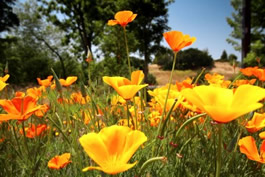
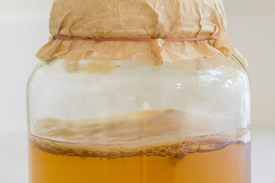
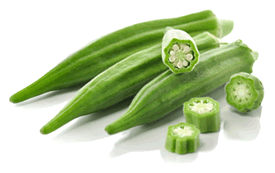


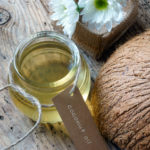
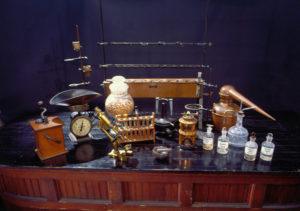


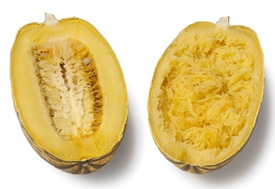
Connect With Us